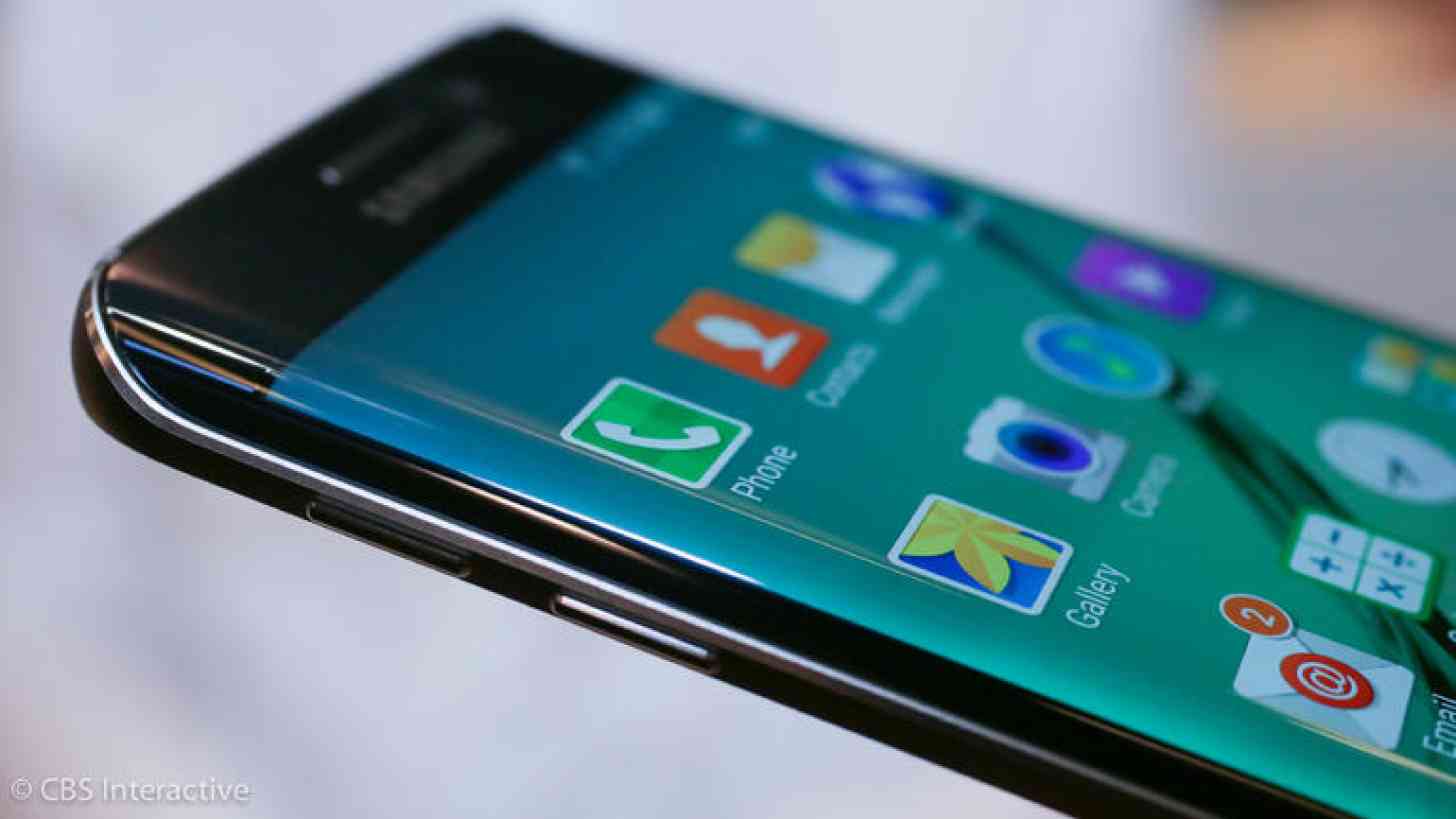
You’ve probably noticed that over the past couple of years, the industry has undergone some major changes. In previous years, the norm was to exchange two years of your loyalty in order for a carrier, in turn, to help you get a fancy new phone for a heavily subsidized price. This new shift, greatly influenced by the massive turnaround made by T-Mobile, does the opposite: no more two-year contracts, and no more subsidized phones. Most recently, Verizon Wireless also decided to switch to this business model.
So what does that mean for you?
Overall, I find that this shift isn’t any less confusing than it was with the old business model, but it is more transparent when it comes to what you’re paying for. With the old model, you most likely ended up paying for your device long after you had paid what was due. You walked out the door with a subsidized up-front fee, but the remaining price of the phone was included on your monthly bill, even if it wasn't specifically mentioned. Even after two years, though, your monthly bill would not go down in price – you just wouldn’t owe your carrier that pesky early termination fee anymore.
With the new model, you basically just agree to pay for the phone and nothing more. Carriers will now adjust the price of a plan after you’ve paid off your phone in full – whether it’s two years or two months. The new model reflects your monthly bill to pay your phone off in two years’ time, but most carriers offer the flexibility to let you pay it off earlier if you want. No matter when you pay off your phone, the benefit is that when you do, your monthly bill will only charge you for the phone service.
While none of this necessarily means that your phone bill will instantly be cheaper, it provides some much-needed transparency in regards to the issue of customers paying for a phone that they may have paid off years before.
I’m not sure I’ve ever come across anybody who is unhappy with this major change in the industry. Being a former retail consultant, trying to explain exactly why we were charging Early Termination Fees to a customer wanting to cancel early or switch was a total nightmare. The “$199 for a flagship smartphone” model partly played into that confusion, because consumers would often forget (and sometimes had no idea) that they were paying a subsidized fee for that phone. Trying to explain to an irate consumer that they owe $350 to a company to “cover the costs” of a phone that cost them $199 to begin with is not a pleasant task. At least now it seems easier to show customers exactly how much a phone costs in the end, how much they’ll pay monthly, and should they choose to switch carriers they’re only on the hook for the remaining cost of the phone.
In the end, it’s a good switch for two reasons: People who tend to keep their phone for longer than 2 years no longer pay excess amounts for a phone they paid for long before, and everyone else gets a clear image of what they’re really paying for.
I particularly have to commend both T-Mobile and Verizon for having the full picture immediately available online when shopping for phones. This is how much it will cost you monthly with 0% APR, and this is the full price of the phone. Bam.

I will take this no-contract, pay full-price for a smartphone model over the previous model any day. However, for those who still prefer the 2-year commitment model, Sprint and AT&T still offer them alongside the no contract, no subsidy model.